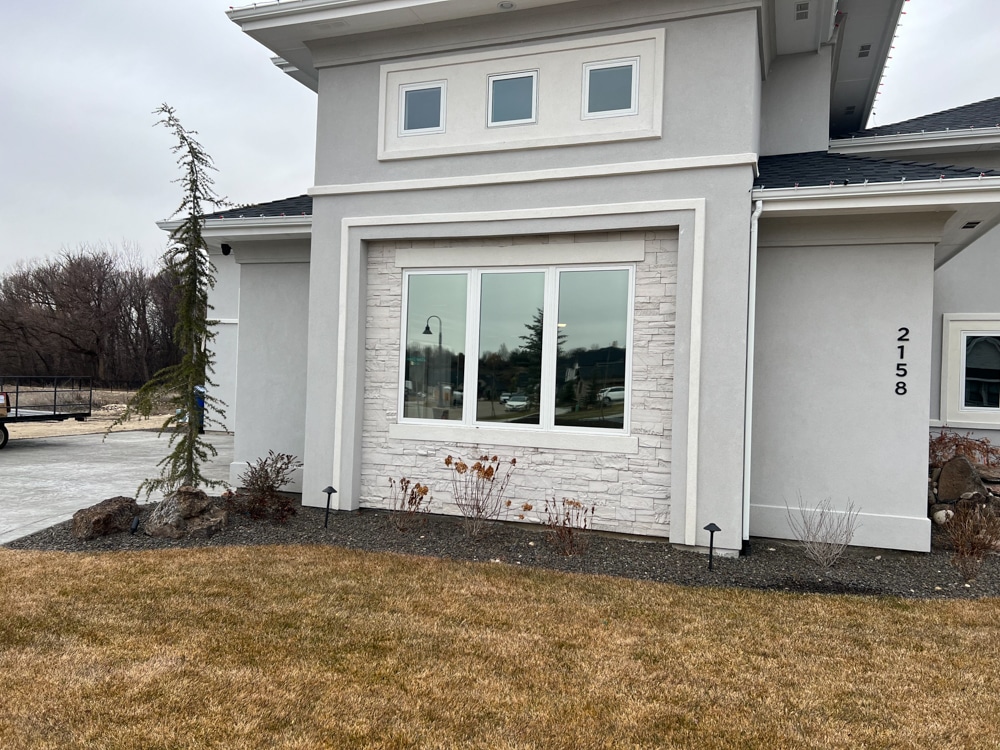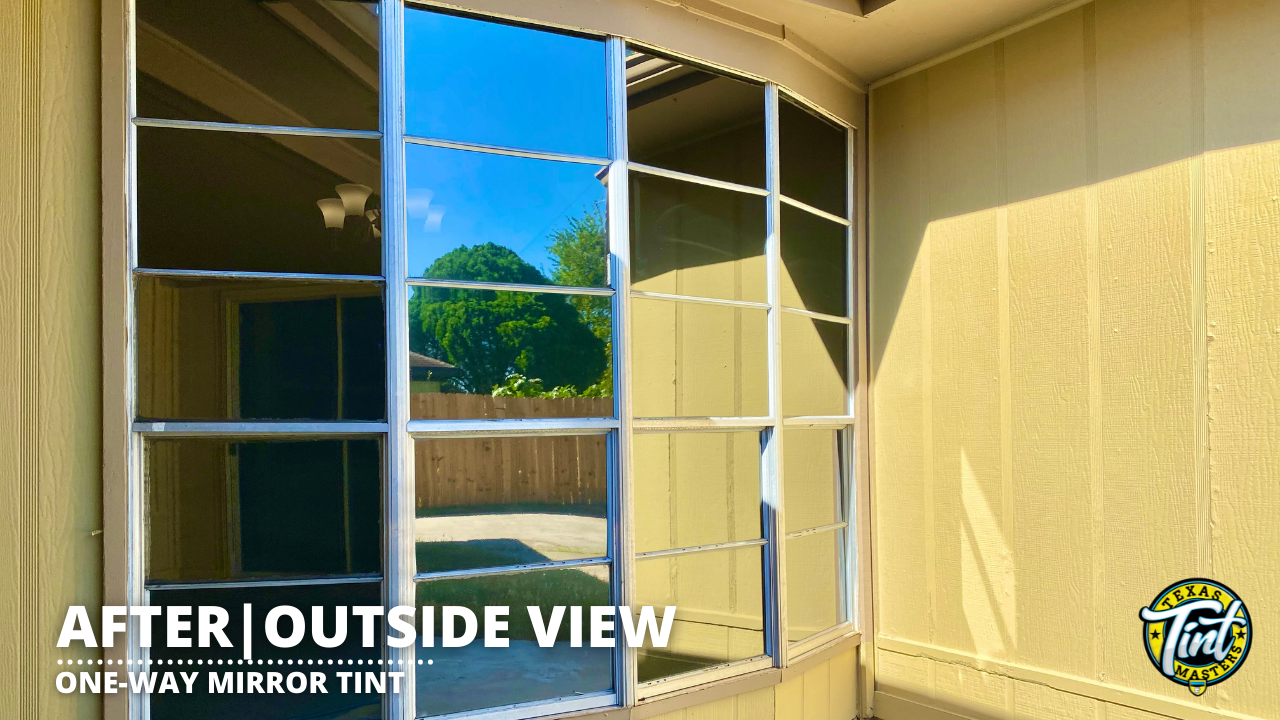Residential Window Tint: Rise Security and Add a Layer of Security
Wiki Article
How Residential Home Window Tinting Improves Your Home's Power Effectiveness
Residential window tinting provides a compelling option for property owners looking for to improve power efficiency within their home. By applying specialized movies to windows, it properly decreases warmth transfer, thus maintaining indoor temperature levels and minimizing the requirement for too much heating or air conditioning. This not only reduces power consumption however additionally offers an extra comfy atmosphere by minimizing glare. Nevertheless, recognizing the nuances of exactly how tinting jobs and selecting the suitable kind for your home can be essential. Curiously, what aspects should one consider prior to making this investment?Recognizing Home Window Tinting
Recognizing home window tinting is essential for house owners looking for to improve both convenience and power effectiveness in their home. Residential Window Tint. Window tinting includes the application of a thin film to the interior or exterior surface of glass windows. This film can considerably modulate the amount of sunlight and heat that enters a home, thus affecting interior climate problemsThere are different sorts of window tinting films available, each with distinct properties. For instance, colored movies take in solar power, while reflective films deflect it away from the glass surface area. Ceramic movies use a balance of visibility and warm being rejected, making them a preferred selection amongst homeowners. The effectiveness of home window tinting is commonly determined by its Visible Light Transmission (VLT) percentage, which shows just how much light can travel through the movie.
Benefits of Power Effectiveness
Home window tinting not only boosts visual appeals yet likewise plays a substantial function in boosting energy performance within residential spaces. By minimizing heat transfer via windows, colored movies produce a more secure indoor environment, which can lead to considerable decreases in power consumption for home heating and cooling. This energy performance translates into lower energy bills, offering home owners with substantial long-term cost savings.
Furthermore, window tinting boosts the comfort of living areas. By minimizing glare and blocking harmful UV rays, tinted home windows produce a more pleasant atmosphere, which can result in improved wellness for passengers. The protection versus UV rays likewise aids protect furniture and floor covering from fading, adding to the longevity of house products.
Just How Tinting Works
Tinting movies run through a mix of innovative materials and innovations designed to regulate the amount of solar power going into a home. Largely composed of polyester, these films usually integrate ceramic or metallic bits that absorb and mirror warm. This double ability allows them to substantially reduce the infiltration of ultraviolet (UV) rays and infrared radiation while allowing visible light to go through.The performance of window tinting is gauged by its solar heat gain coefficient (SHGC), which suggests just how much solar power is transferred through the window. Reduced SHGC worths are more suitable as they signify better warm being rejected. In addition, window tints can feature a selection of shades, permitting home owners to customize their aesthetic choices while boosting energy efficiency.
In addition, these films work as a barrier, stopping warmth loss throughout cooler Find Out More months by mirroring interior warmth back into the home. This thermal insulation effect matches the cooling benefits gained during warmer months, contributing to a well balanced indoor environment year-round. By managing solar power effectively, household home window tinting not just improves convenience but additionally plays a vital role in minimizing power intake and reducing energy expenses.
Selecting the Right Tint

There are numerous types of window films offered, consisting of colored, metalized, and ceramic. Ceramic movies give excellent heat control without jeopardizing exposure and are extremely long lasting, making them a preferred selection.
Noticeable light transmission (VLT) is another essential element, as it suggests the amount of natural light that can travel through the colored glass. House owners must pick a color with a VLT that matches their illumination choices while still supplying appropriate glow reduction.
Furthermore, evaluating the solar warm gain coefficient (SHGC) can assist identify how well a tint can obstruct warmth from sunshine. A lower SHGC suggests better heat control, ultimately boosting power effectiveness.
Setup and Maintenance Tips
Proper installment and maintenance are crucial components in making best webpage use of the benefits of household window tinting. Experts also utilize specialized devices and techniques, which can enhance the toughness and effectiveness of the tint.Adhering to installation, maintenance is important to extend the life of the home window movie. It is recommended to wait at least thirty day before cleaning up the colored home windows to permit the adhesive to treat completely. When cleansing, make use of a soft cloth and a gentle, ammonia-free cleaner to prevent harming the movie. Stay clear of abrasive materials that might scrape the surface area.
Furthermore, routine assessments are valuable. Look for any kind of peeling or bubbling, which can show improper installation or wear over time - Residential Window Tint. Dealing with these problems quickly can avoid additional damage and maintain energy efficiency. By sticking to these installment and maintenance pointers, property owners can guarantee their window tinting continues to supply significant power savings and convenience for several years ahead.
Final Thought
In conclusion, residential home window tinting works as an effective article option for improving power performance within homes. By decreasing heat transfer and obstructing damaging UV rays, window movies add to decrease energy intake and enhanced interior comfort. The option of proper tinting materials, in addition to proper installment and maintenance, better makes best use of these benefits. Inevitably, window tinting stands for a sustainable financial investment that not only reduces utility expenses yet likewise advertises a comfortable living setting throughout the year.Home window tinting involves the application of a thin movie to the inside or exterior surface of glass windows. By minimizing warmth transfer via home windows, tinted movies develop a much more stable indoor climate, which can lead to considerable decreases in power consumption for heating and air conditioning.The effectiveness of window tinting is gauged by its solar heat gain coefficient (SHGC), which shows just how much solar energy is sent with the home window. By taking care of solar power effectively, domestic window tinting not only improves comfort however likewise plays an essential duty in reducing power consumption and lowering utility bills.
By reducing heat transfer and blocking hazardous UV rays, window films contribute to lower power intake and boosted interior convenience.
Report this wiki page